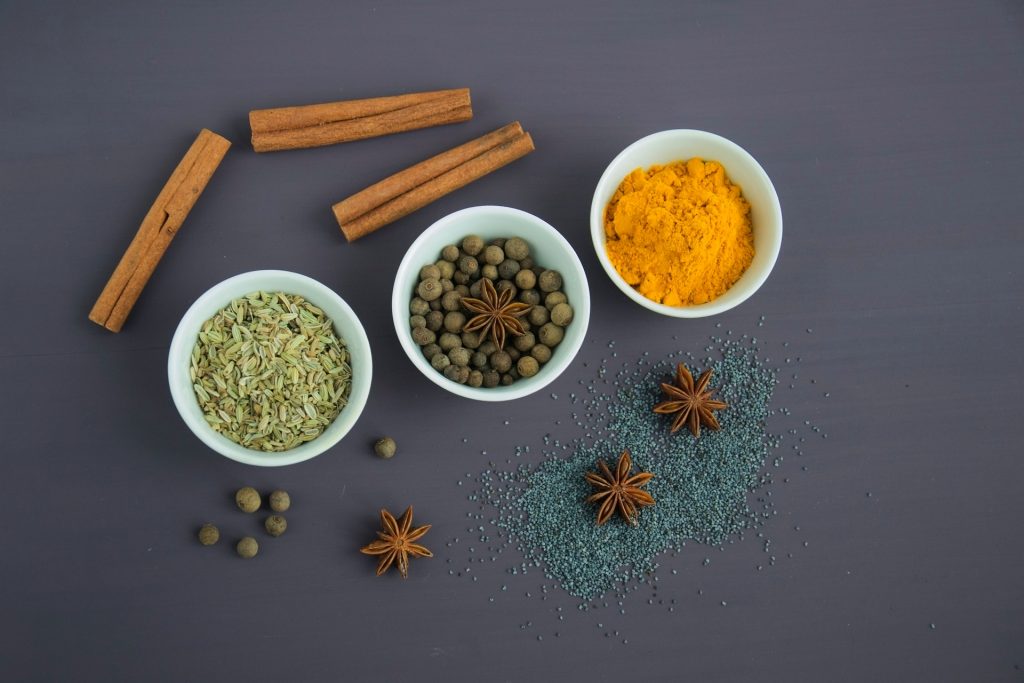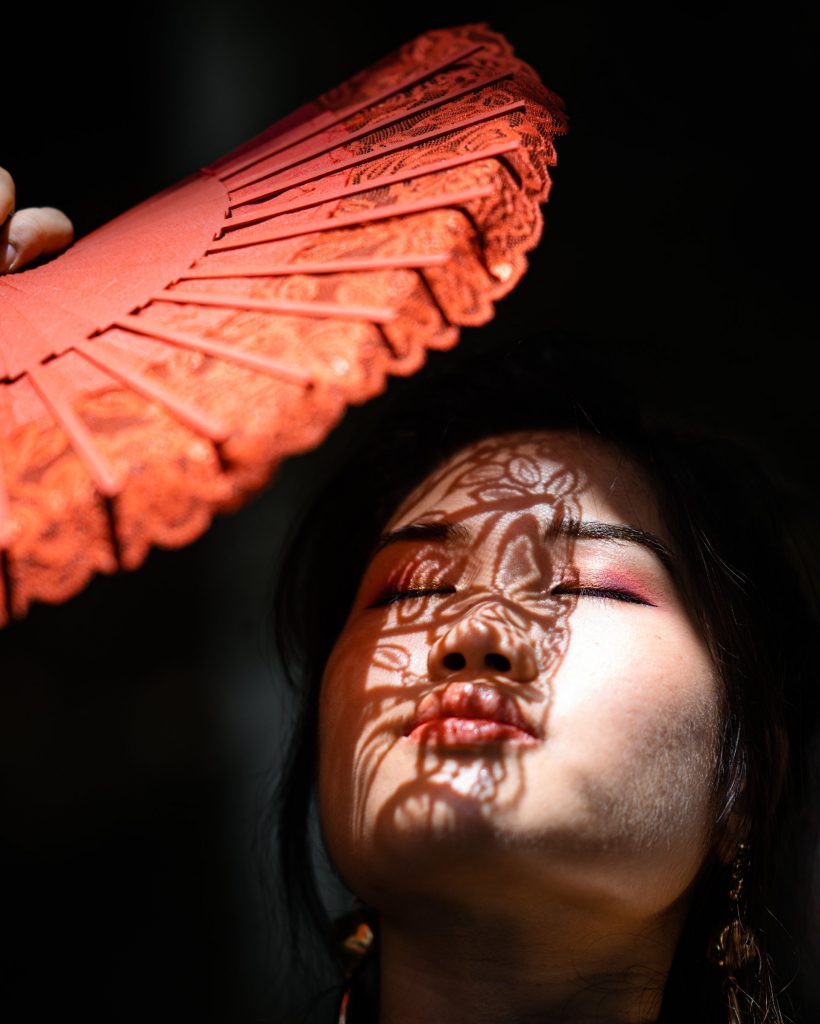Acupuncture treatment for chronic pain | promising
NICE gives acupuncture a boost

The National Institute for Health and Care Excellence (NICE) has just published a draft guideline for chronic primary pain, characterised by emotional distress and functional disability. Common conditions that would qualify are fibromyalgia, myofascial pain, chronic neck pain and chronic pelvic pain, though there are many more possibilities. NICE included 32 studies in their review. They were looking for randomised controlled trials comparing acupuncture either to sham or to usual medical care, hence the results come separately for these two categories. For pain, acupuncture was superior to both sham and usual care, by 1.41 and 1.46 units respectively, on a 0-10 scale.
Acupuncture and opoidergic mechanism
According to Karavis (1997) skin (dermatomes), muscles (myotomes) joints, bones (sclerotomes), viscera (viscerotomes) and vessels related to them are functionally controlled by spinal segments known as neurotomes. The structure of the nervous system is that the above topographical anatomic structures can be served by one and the same spinal segment. Knowledge of these zones (myelotome) is essential to the physiotherapist/acupuncturist, as is an understanding of the initial symmetrical embryonic somotomium they developed from and at which level the sensory afferent fibres flock to.Thomas (1997) states that acupuncture is a technique whereby analgesia or pain reduction is mediated through neural pathways that control the input to systems modulating pain, thus altering pain perception by endogenous mechanisms. Furthermore Carlsson (2002) suggests that the needles are responsible for the flare reaction (reddening and vasodilation), which is considered to be the bodies local immune response at the acupoint. Activated with this local immune response are Spinal Segmental Mechanisms (SSM) and Supraspinal Mechanisms (SM). Osteoarthritis is a mechanically driven but chemically mediated disease process (Sowers 2001) resulting in a disorder of the synovial joints. The underlying disease process involves destruction of the articular cartilage leading to proliferation and remodelling of the subchrondral bone (Ernst 1997). Atkinson, Coutts and Hassenkamp (2005) suggest that the pathological chain of events in OA of the knee presents itself as local inflammation, reduction in joint function, stiffness or aching and uneven weight transmission with joint laxity. Physiotherapists have several modalities in which this musculoskeletal condition can be treated, acupuncture and exercise therapy are considered in this case study.
Have you got the nerve
According to Bowsher (1998) the activation of C-fibres by the immune response to OA sends a message of pain to the Substancia Gelatinosa (SG) cells in the superficial dorsal horn (lamina I and V) of the respective spinal segment. Intraspinal synapses with wide dynamic range (WDR) cells, also known as convergent cells, directed the stimulus up to the higher centres of the brain and interpreted as painful. When needles are inserted within the same segment (myelotome) as the painful stimulus of OA, they stimulate A-Delta fibres which synapse with marginal cells and inform the brain of a pinprick sensation (felt by the patient) and also synapse with stalked cells which lie above and next to the SG cells (Bennet, Ruda, Gobel and Dubner, 1982). The stalked cells have an inhibitory effect over the SG cells on which the C-fibres transmit their messages of pain. According to Ruda, Coffield and Dubner (1984) the stalked cells inhibit the SG cells by releasing on to them the inhibitory opioid transmitter Enkephalin (ENK), thus preventing the SG cells passing information onto the WDR cells, hence blocking pain through an opioidergic mechanism.

Practical tips from acupuncture theory

Atkinson, Coutts and Hassenkamp (2005) suggest that pathological changes commonly occur in the medial compartment of the knee and pain is often localised to the anterior and medial aspects of the knee or tibia. It is therefore prudent to isolate acupoints in these areas (see appendix 2) and assess their plausibility for treatment. Bradnam (2002) suggests that in early stages of an injury needling in the immediate area of tissue maybe too sensitive for the patient and recommends that points anywhere that share the innervation via that spinal segment (dermatome – skin, myotomes – muscle or sclerotome – periosteum) can be chosen, provided the injured tissue is avoided. In the acute phase of OA the already peripherally sensitised areas causes normally non-painful stimuli to be interpreted as pain (allodynia), therefore use of fewer needles will reduce the aggravation (Carlsson, 2002). Bradnam (2002) recommends that if local needling is not possible than spinal needling be used to influence the Dorsal Rami of the appropriate segment. Low stimulation acupuncture with De Qi has been recommended to bring about local analgesia, and will have best effect at acupoints near common areas of pathological changes according to Atkinson, Coutts and Hassenkamp (2005). It is advisable to inform the patient that the sensation of De Oi is commonly experienced as numbness, fullness, and sometimes soreness and acupoints are best at producing these sensations (Stux, Berman and Pomeranz, 2003).
- Atkinson. K, Coutts. F, and Hassenkamp.A.M, (2005) Physiotherapy in Orthopaedics; A problem solving approach 2nd edition. Pub Churchill Livingstone, Elevier Oxford p169-171.
- Bonica.J, Yaksh.T, Liebeskind.J.C, Pechnick.R.N and Depantis.A, (1990) Biochemistry and modulation of nociception and pain. In: Bonica. J, ed. The management of pain. Lea & Febiger, Philadelphia: 96-120.
- Bowsher D. (1998) Mechanisms of acupuncture. In: Filshie J, White A, eds. (1998) Medical Acupuncture. Churchill Livingstone; Edinburgh, Scotland p69-80
- Bradnam. L, (2002) Western acupuncture point selection: A scientific clinical reasoning model. Journal of Acupuncture Association of Chartered Physiotherapists March 2002;p21-28
- Carlsson, C (2002) Acupuncture mechanisms for clinically relevant long-term effects – reconsideration and a hypothesis. Acupuncture in Medicine 2002; 20 (2-3) : 82-99
- Ernst. E (1997) Acupuncture as a symptomatic treatment of osteoarthritis. A systematic review. Scand J Rheumatology 1997 26:444-7. In Haslam. R (2001) A comparison of acupuncture with advice and exercise on the symptomatic treatment of osteoarthritis of the hip – A randomised controlled trial. Acupuncture in Medicine 2001 19 (1) 19-26.
- Hecker. H.U, Steveling, A, Peuker. E, Kastner. J, Liebchen. K, (2001) Colour atlas of acupuncture: Body points, Ear points, Trigger Points. Pub Thieme New York
- Hopwood. V (2004) Acupuncture in Physiotherapy Pub Butterworth Heinemann, Elsevier ltd, Oxford.
- Karavis, M (1997) The Neurophysiology of acupuncture: A viewpoint. Acupuncture in Medicine May 1997 Vol 15 (1) 33-42
- Sowers.M (2001) Epidemiology of risk factors for osteoarthritis: systematic factors. Curr Opin Rheumatology 2001 13: 447-451. In Porter. S (2002) Tidy’s Physiotherapy 13th Edition. Pub Butterworth Heinemann. Oxford.
- Stux. G, Berman. B, Pomeranz. B, (2003) Basics of Acupuncture 5th Edition, Pub Springer, London. p 51-52
- Thomas. M (1997) Acupuncture studies on Pain. Acupuncture in Medicine May 1997 Vol. 15 (1) : 23-31
- Bennet.G.J, Ruda.M.A, Gobel.S, Dubner.R (1982) Enkephalin immunoreactive stalked cells and lamina IIb islet cells in cat Substancia Gelatinosa. Brain research 1982 240:162-166. In: Bowsher D. (1998) Mechanisms of acupuncture. In: Filshie J, White A, eds. (1998) Medical Acupuncture. Churchill Livingstone; Edinburgh, Scotland p69-80
- Ruda.M.A, Coffield.J and Dubner.R (1984) Demonstration of postsynaptic opioid modulation of thalamic projection neurons by the combined techniques of reterograde horseradish peroxidase and enkephalin immunocytochemistry. Journal of Neuroscience 1984 4:2117-2132. In Bowsher D. (1998) Mechanisms of acupuncture. In: Filshie J, White A, eds. (1998) Medical Acupuncture. Churchill Livingstone; Edinburgh, Scotland p69-80
